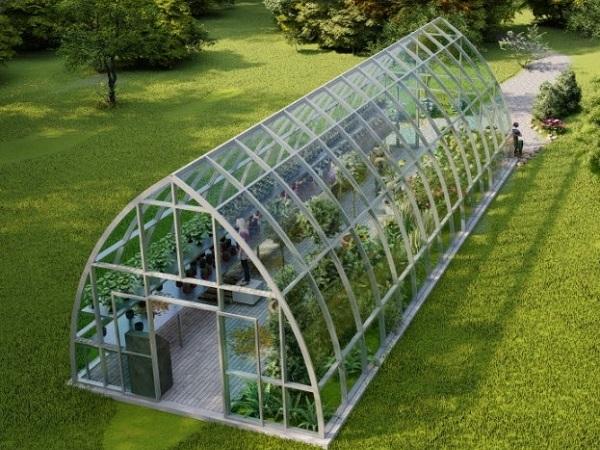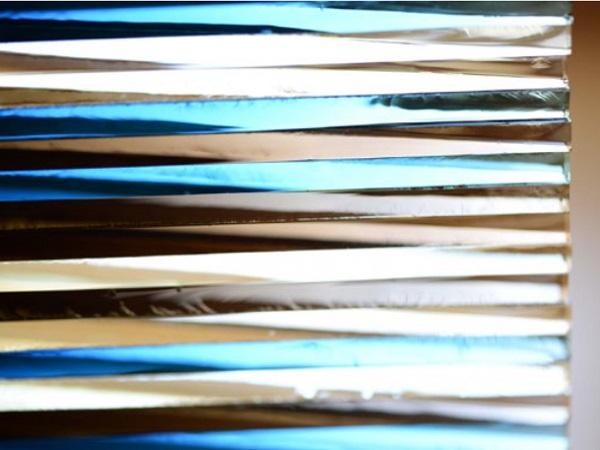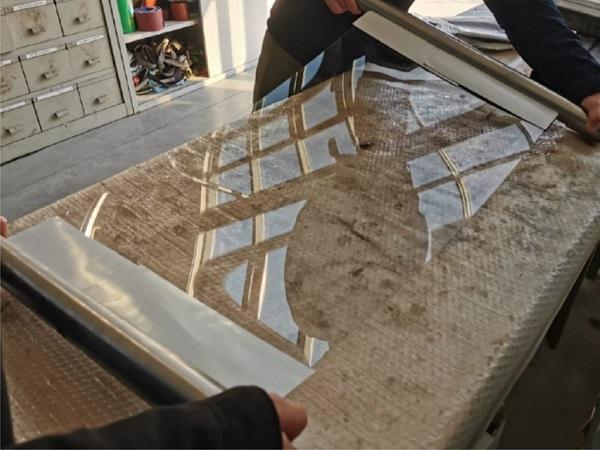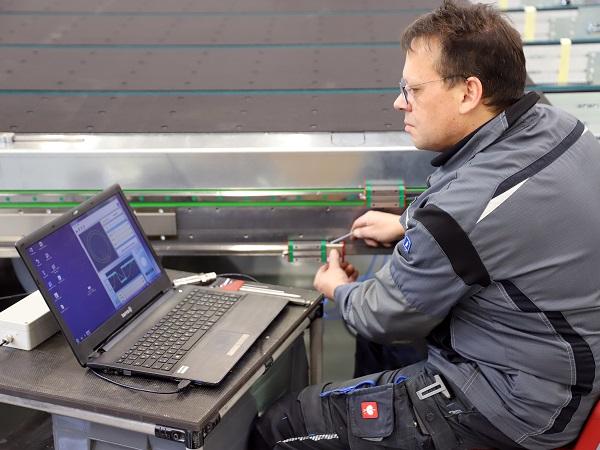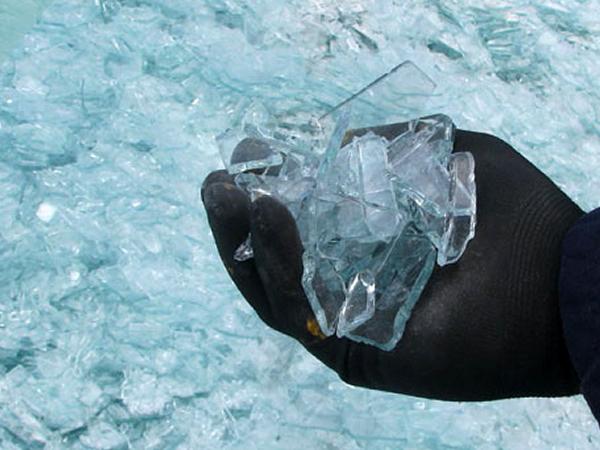Others also read
| Within this research, two sets of real-scale laminated banister panels with the embedded connection were tested.
| The results of the classification of hail resistance classes for different materials for greenhouse enclosures are presented in this paper.
| Color Depth is a material-based research project investigating the optical and structural properties of thick glass.
| This paper reviews the high-temperature behavior of a selected range of silicones used for sealing and bonding in construction.
| The main challenge in the design of the duplex façade was the high aesthetical performance that the façade had to meet.
| This paper shows different Pummel classifications that can currently be found on the market. Subsequently, approaches to the automatization and standardization of the execution and especially the evaluation of the Pummel test are shown.
| This first episode is devoted to the white haze phenomenon – one of the most asked about issues in the history of #AskGlaston.
| This paper focuses on a recently developed concept, in which glass is combined with timber to provide post-breakage strength and ductility.
| The use of new generation thin, lightweight and damage-resistant glass, originally conceived for electronic displays, is moving its first steps in the built environment, in particular for adaptive and movable skins and façades.
| After seaming, grinding glass edges is another important work step in glass edge processing. The process is primarily used to remove overbreaks and underbreaks at the edges and to process the glass sheets to size.
| Today, almost all new devices – from home appliances to production equipment – are connected. Rapid development in consumer electronics has been increasingly moving towards industrial use. In the glass industry, this development is still in its early stages.
| When people talk about the future of production, they can't do so without using the term "smart factory." But what is it? How does a smart factory work? And what does it have to do with OPC UA?
| This paper explores the flexural strength of recycled cast glass—a property relevant to the engineering practice.
| In the European Union, Member States are allowed to set minimum performance requirements to construction products available on their market.
| Building code requirements for wind-borne debris protection have been in existence since the mid- 1990s, and as a result, many glazing systems have been tested and certified to these performance requirements.
| Anisotropy is the term used in the façade industry to describe the manifestation of patterns and colourful areas in heat-treated glass under certain light and viewing conditions.
| This research investigates the potential of glass as a new design tool to highlight and safeguard our historic structures.
| The Swiss society of engineers and architects (SIA) initiated a structural glass standard committee with the task to develop a Swiss glass design standard.
| In this work, a combined Voronoi and finite-discrete element method (FDEM) approach for reconstructing the post-fracture model of laminated glass (LG) was proposed.
| This study forms part of a wider research programme that aims to better address the end-of-life challenges and opportunities in façade design for re-use.
| Few materials in human history have been made for as long or used in as many ways as glass. Ancient peoples molded it and poured it; later cultures discovered how to spin and blow glass into unique, dazzling shapes.
| Sustainability and the circular economy are increasingly influencing work and production processes in glass manufacturing, too.
| Glaston is working hard to make tempering furnaces more automated.
| What is your vision of the future? What role will glass play in your vision?
| Digitalisation is not only something for start-ups or major enterprises. It applies just as naturally to many skilled trade businesses.


